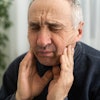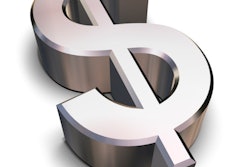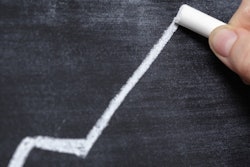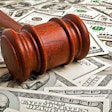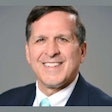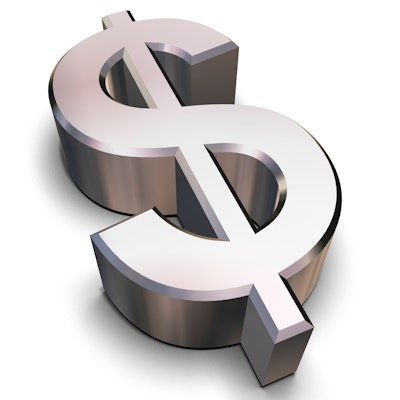
Spending on dental and oral healthcare in the U.S. increased 4.6% to more than $124 billion in 2016, up from $118.9 billion in 2015, according to a new study in Health Affairs.
The growth in spending on dental care just outpaced overall growth in total healthcare expenditures, which increased 4.3% to $3.3 trillion in 2016. This worked out to almost $10,350 per person, the study authors noted.
The last decade has seen the U.S. healthcare sector undergo many shifts, according to lead author Micah Hartman, a statistician in the Office of the Actuary at the U.S. Centers for Medicare and Medicaid Services (CMS).
“Over the last decade, the U.S. has experienced unique events that have affected the healthcare sector.”
"Over the last decade, the U.S. has experienced unique events that have affected the healthcare sector, including the most severe economic recession since the Great Depression, major changes to the healthcare system because of the ACA [Patient Protection and Affordable Care Act], and historic lows in medical price inflation," Hartman said in a statement accompanying the study.
Hartman and co-authors speculated that as some of the changes in the U.S. economy have settled, the U.S. may not see such explosive rates of growth as in recent years.
"Because the unique factors that influenced the health sector over the past decade did not have as great an effect in 2016, this may be an initial indication that this year marks a return to the more typical relationship between annual rates of growth in healthcare spending and growth in nominal [gross domestic product]," the authors concluded (Health Affairs, December 6, 2017).
In line with projections
The researchers accumulated figures from CMS' National Health Statistics Group from the Office of the Actuary and the U.S. Department of Commerce's Bureau of Economic Analysis and Census Bureau. They emphasized that data from CMS are considered the most reliable.
In 2016, households and the federal government accounted for the largest shares of U.S. healthcare spending at 28% of the total each, followed by private businesses (20%), and state and local governments (17%), the authors reported.
While dental spending did increase at a slightly greater rate than overall expenditures over the last seven years, it is apparent that the growth rate in expenditure for dental services has not matched the growth rate for expenditures in other categories (see table below).
| National health expenditure amounts and annual growth for 2010-2016, in billions of dollars | |||||||
| Spending category | 2010 | 2011 | 2012 | 2013 | 2014 | 2015 | 2016 |
| Health expenditures | 2,598.8 | 2,689.3 | 2,797.3 | 2,879.0 | 3,026.2 | 3,200.8 | 3,337.2 |
| Health consumption expenditures | 2,456.1 | 2,539.9 | 2,644.0 | 2,725.9 | 2,876.4 | 3,047.1 | 3,179.8 |
| Personal healthcare | 2,196.0 | 2,274.0 | 2,366.9 | 2,436.7 | 2,560.2 | 2,715.5 | 2,834.0 |
| Physician & clinical services | 512.6 | 535.9 | 557.1 | 569.6 | 595.7 | 631.0 | 664.9 |
| Dental services | 105.9 | 108.0 | 109.7 | 111.1 | 113.8 | 118.9 | 124.4 |
This annual report compares with a previous CMS report published in February 2017 that projected annual dental spending would increase to a projected $185 billion by 2025. In the U.S., overall health spending is expected to increase 65% from $3.358 trillion in 2016 to $5.549 trillion in 2025, according to the earlier report.
Multiple reasons
While this report was not surprising, there were multiple reasons fueling this growth, noted Roger P. Levin, DDS, the founder and CEO of the Levin Group.
"There have been a number of relatively new treatments increasing in popularity, such as dental implants, which are driving this growth," Dr. Levin told DrBicuspid.com.
He also cited two important factors that account for present-day and future spending: the aging population and the increase in the number of people who have dental insurance.
"The baby boomers are getting older," Dr. Levin said. "This is an issue all healthcare practitioners, and our healthcare system, not just dentists, have to focus on and find ways to keep these patients coming into our offices."
The other factor is the growth in the population with dental insurance.
"More Americans between the ages of 18 and 64 now have some form of dental insurance," he said. "This is a challenge and an opportunity for all practices."



